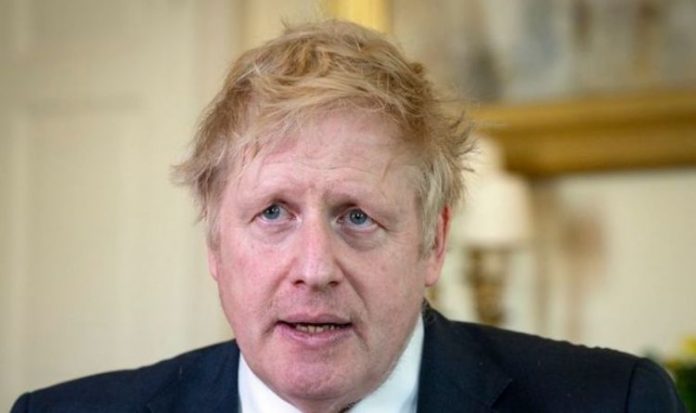Under this proposal, ministers would be able to veto the removal of landmarks, plaques, and memorials in order to help guard against pressure from politicians and campaigners on local officials. The powers would give Housing Secretary, Robert Jenrick, the ability to handle the formal applications for removing monuments or statues. This would remove the final decision from local councils and marks the Government’s first step in trying to deal with the fallout from some of the protests held in relation to the UK’s colonial past.
If the powers were given to Mr Jenrick, he would be required to sign off on any final plans following an inspection into the monument.
One senior Government source even accused the Labour party of allowing “historical vandalism” to take place in the UK.
They told The Daily Telegraph: “The Labour Party has given the green light to cultural and historical vandalism across the country.
“Statues of Britain’s heroes from Sir Francis Drake to Admiral Nelson are under threat from Marxist militants, working hand in glove with Labour councillors.”
They added any plans would be in order to protect Britain’s heritage going forward.
Current guidelines allow the Housing Secretary to intervene if any proposal interferes with national policy.
Commenting on the removal of certain monuments and plaques, Trevor Phillips, the chairman of Policy Exchange History Matters Project, said it was worrying how little debate there was over the removal of certain monuments.
Although he insisted public sentiment should be taken into account, he claimed any response should be based on the values of a democracy.
JUST IN: French fishing captain threatens ‘naval battles’ if Boris walks away
He said: “In recent months, Policy Exchange has documented more than 100 cases where aspects of our shared past – from statues to street names and what is taught in schools and universities – are being erased, without genuine debate and with very little consultation with the public who pay the bills.
“For example, it was shocking to see a statue in Bristol be torn down against the will of the only black mayor of a large British city.
“We should recognise changes in public sentiment, but our response in a democracy must not be driven just by those who shout loudest.
“It is very welcome news that ministers will be able to ensure that if change takes place it will be by public consent rather than by extremist coercion.”
DON’T MISS
Boris Johnson defeats secret Commons ploy to block post-Brexit deal [Latest]
Britain set to become ‘EU colony’ with ‘grotesque’ trade deal [Update]
Brexit row: Von der Leyen told ‘ EU can do nothing’ in legal row [Insight]
The head of Historic England, Sir Laurie Magnus, also stated similar views over the removal of Britain’s historic monuments.
Sir Laurie argued, instead of historical sites being removed, they should be recontextualised and reinterpreted.
He added: “Don’t take them away and put them in a museum necessarily because people have to go to the museum.
“Leave them where they are but re-contextualise them.
“That doesn’t mean just altering plaques but with artistic installations.
“If you don’t do that our collective past is going to be just torn away slowly piece by piece.”







